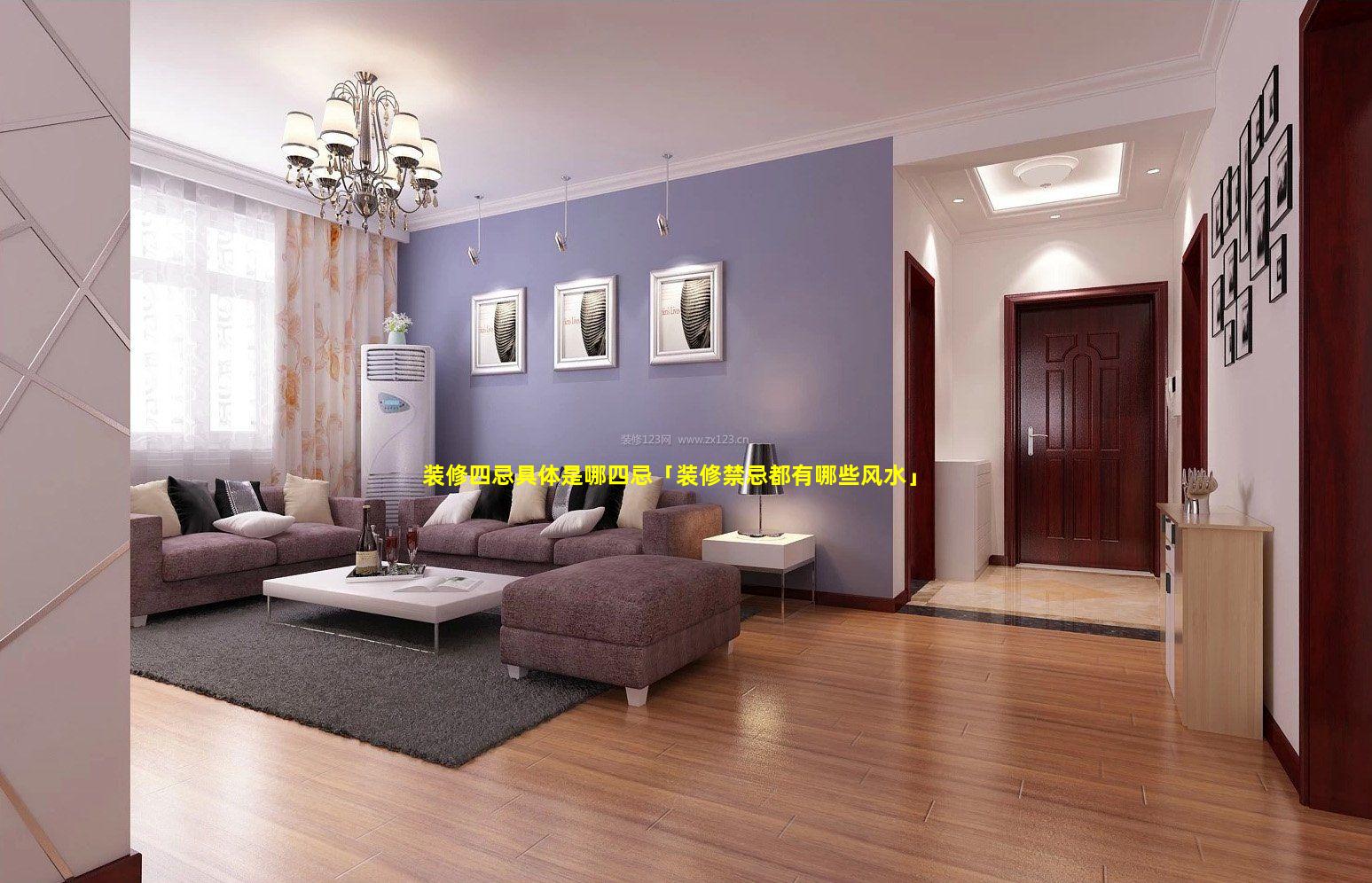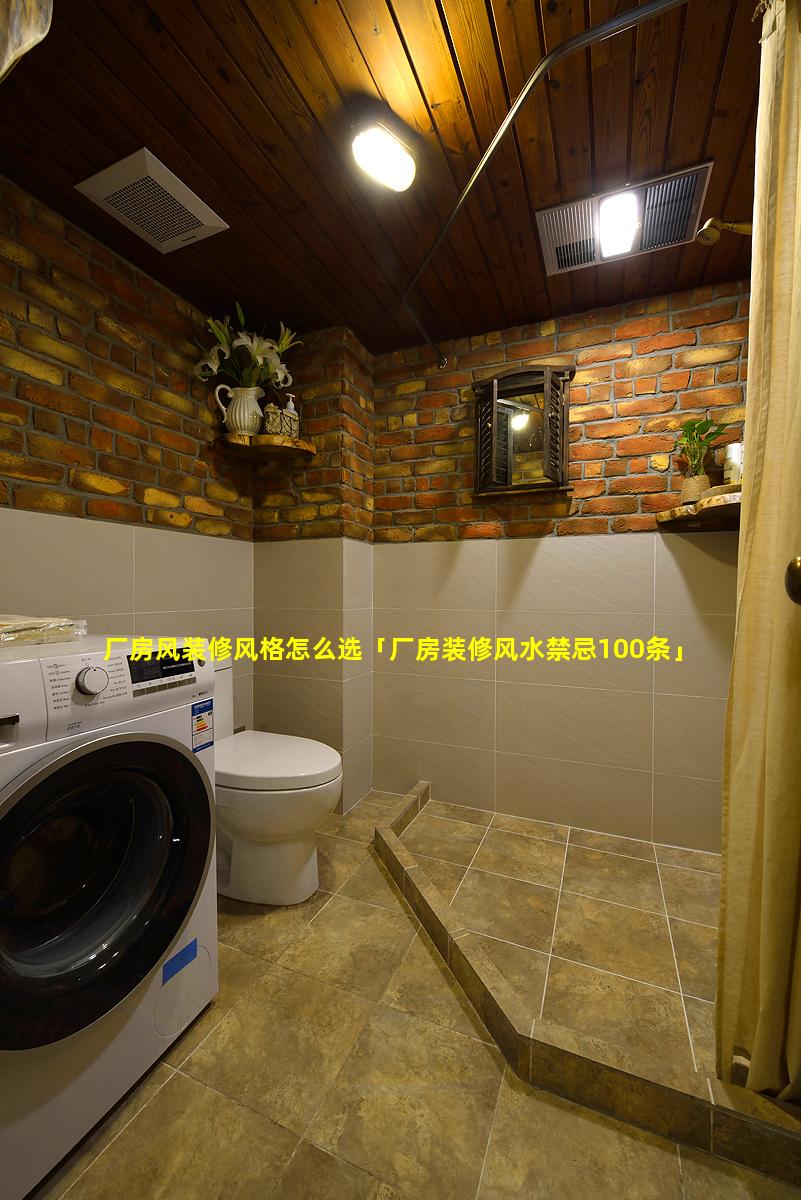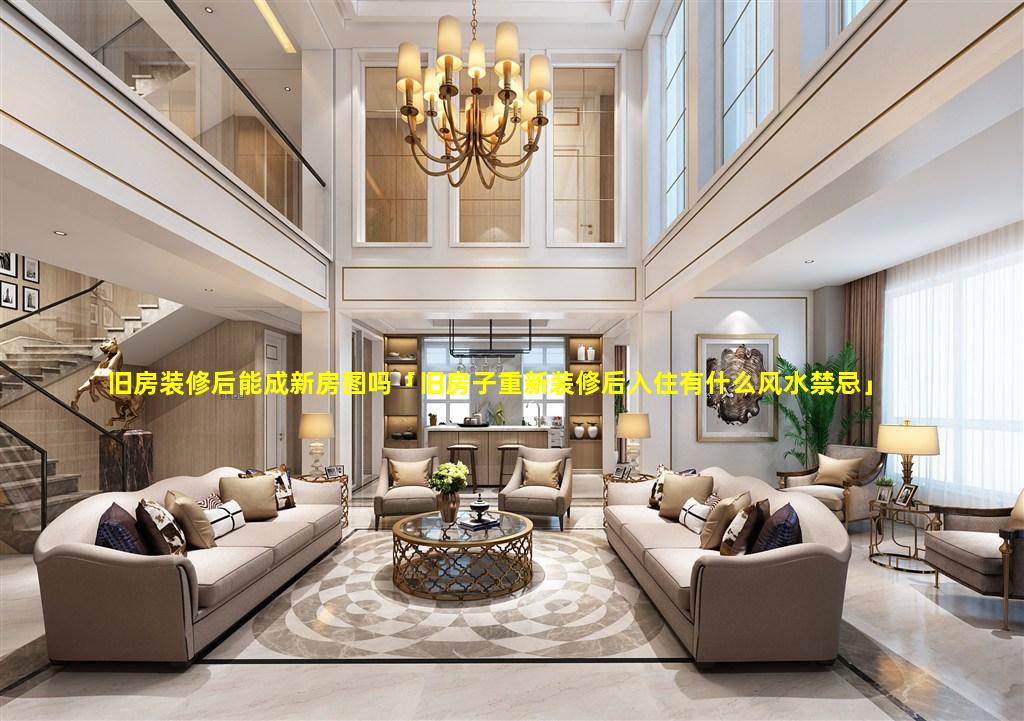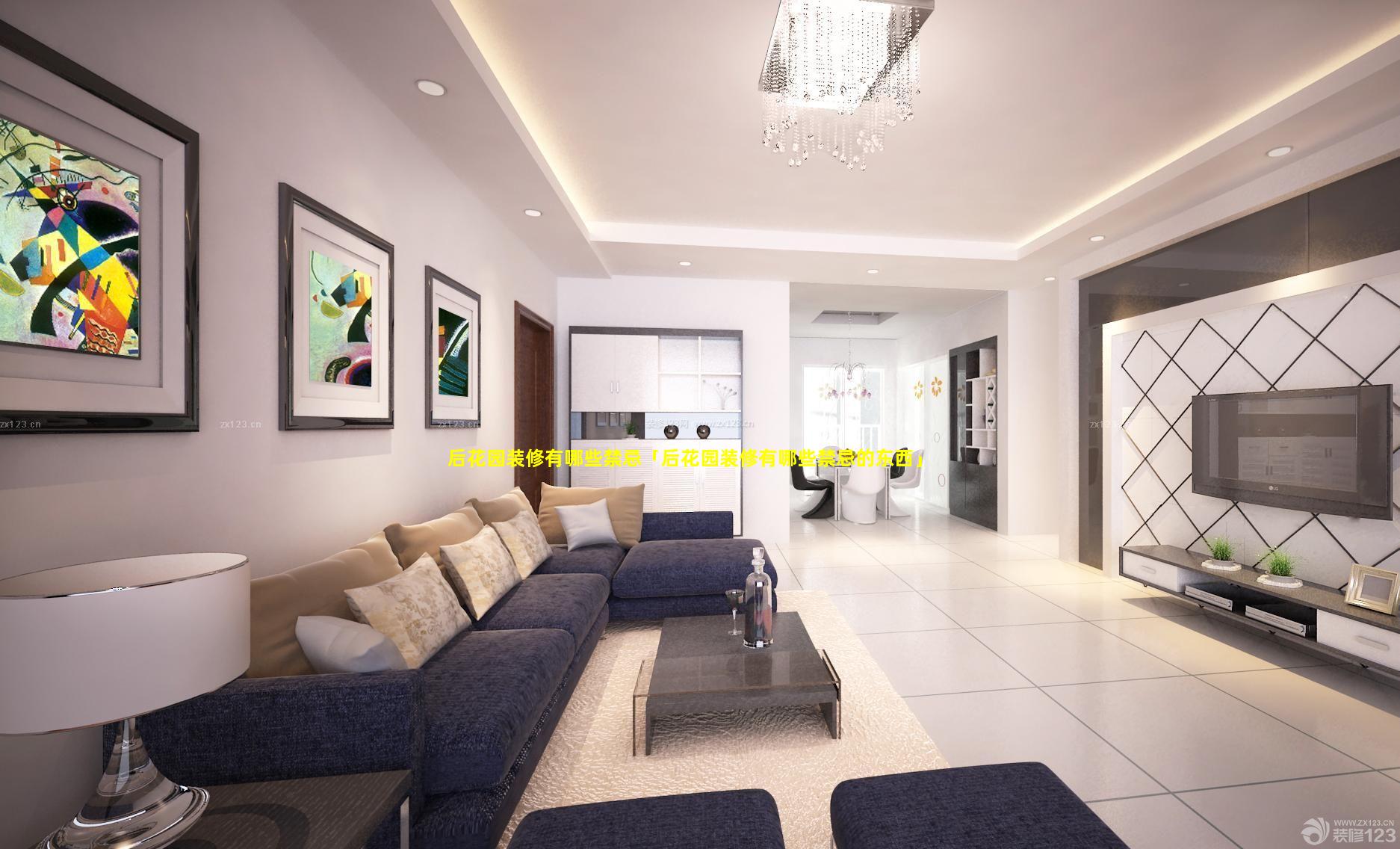1、装修中门有哪些风水禁忌
门的大小和方向
门不宜过大或过小:大门过大容易纳入过多煞气,而过小会阻碍财气和福气进入。
大门不宜正对后门:形成“穿堂煞”,导致财气外泄。
大门不宜正对窗户:形成“冲煞”,影响健康和财运。
门的设计和装饰
门不宜采用鲜红色:容易导致家人脾气暴躁。
门板上不宜悬挂镜子:会反射煞气进入室内。
门前不宜堆放杂物:阻碍财神进入。
门与其他物件的关系
大门不宜面对电线杆或变压器:形成“穿心煞”,影响健康和财运。
大门不宜靠近楼梯:容易导致煞气入室。
大门不宜正对厨房或卫生间:容易造成煞气和浊气扩散到其他房间。
其他禁忌大门不宜漏气:会导致财气外泄。
大门不宜频繁开关:容易导致煞气进入。
大门不宜在睡房内:容易影响睡眠质量。
大门不宜正对床头:容易导致压迫感,影响健康。
大门不宜安装在西南角:西南角是八卦中的坤位,代表母亲,安装大门容易冲撞坤位。
2、装修中门有哪些风水禁忌图片
1.Door Facing Mirror
Door facing mirror is a feng shui taboo that is commonly seen in homes. The mirror will reflect the qi of the door, which will make the qi 散乱(disorderly) and difficult to 聚气(gather qi). This will affect the health and fortune of the family.
[Image of a door facing a mirror]
2.Door Opening Overlapping
Door opening overlapping is also a feng shui taboo. The door is a place for qi to enter and exit. If the doors overlap, it will block the qi and make it difficult for the qi to enter the house. This will affect the财运(fortune)and运势(luck)of the family.
[Image of two doors overlapping]
3.Door Not Facing Road
Door not facing road is also a feng shui taboo. The door is the entrance and exit of the house. If the door does not face the road, it will make it difficult for the qi to enter the house. This will affect the health and fortune of the family.
[Image of a door that does not face the road]
4.Door Facing Toilet
Door facing toilet is also a feng shui taboo. The toilet is a place where yin qi is heavy. If the door faces the toilet, it will bring yin qi into the house, which will affect the health and fortune of the family.
[Image of a door facing a toilet]
5.Door Facing Stove
Door facing stove is also a feng shui taboo. The stove is a place where fire qi is heavy. If the door faces the stove, it will bring fire qi into the house, which will affect the health and fortune of the family.
[Image of a door facing a stove]

3、怎么样解决装修中门多的问题
解决装修中门多的问题的技巧
1. 精简门道
考虑使用开放式平面设计,减少门的使用。
合并相邻房间,形成更宽敞的空间,减少门道的需求。
使用折叠门或推拉门来节省空间。
2. 选择透明或半透明的门
玻璃门、磨砂门或百叶窗可以允许光线通过,营造更通风的感觉。
选择浅色或带有镜子的门,以反射光线并增加空间感。
3. 搭配门型
协调相邻房间的门型和样式,以营造连续性和流动性。
使用相似的门把手和五金件,营造统一的外观。
4. 利用门上空间
在门上安装搁板或挂钩,用于存储物品和节省空间。
考虑使用门后镜或艺术品,以增强美观性。
5. 避免门后阻碍物
确保门后没有家具或其他障碍物阻碍开门。
如果空间有限,考虑使用滑动门或折叠门。
6. 考虑使用门框
门框可以划分空间,同时提供视线和光线。
选择开放式门框,以保留开放感。
7. 安装隐藏门
隐藏门可以融入墙壁或家具,从而节省空间并创造一个整洁的外观。
考虑使用书架门或滑动门,以隐藏房间入口。
8. 使用多功能门
选择带有内置存储空间或其他功能的门。
例如,可以找到带有书柜或衣柜的双开门。
9. 考虑实用的门
选择耐用和易于维护的门。
避免选择容易损坏或需要经常更换的门。
10. 保持整体性
门的设计应与房间的整体风格和美学相一致。
考虑门与墙面、地板和天花板的搭配。
4、装修中门的尺寸都是标准的吗
否,装修中门的尺寸不是完全标准的。
虽然存在一些常见的门尺寸,但不同的国家、地区和制造商可能会有不同的标准。门的大小还可能因门类型、功能和安装位置而异。
常见内门尺寸:
单开门:宽度:800900mm,高度:mm
双开门:宽度:mm,高度:mm
推拉门:高度:mm,宽度可定制
常见外门尺寸:
单开门:宽度:mm,高度:mm
双开门:宽度:mm,高度:mm
推拉门:高度:mm,宽度可定制
影响门尺寸的因素:
门类型:不同类型的门,如实木门、实心门、空心门等,可能有不同的厚度,从而影响整体尺寸。
功能:某些门可能需要特定的尺寸,例如防火门或防盗门。
安装位置:门的尺寸可能会根据安装位置而调整,例如入口门或内部过道门。
建议:在购买或安装门之前,请务必测量门框开口尺寸,并咨询制造商或专业人士,以确定最合适的门尺寸。



